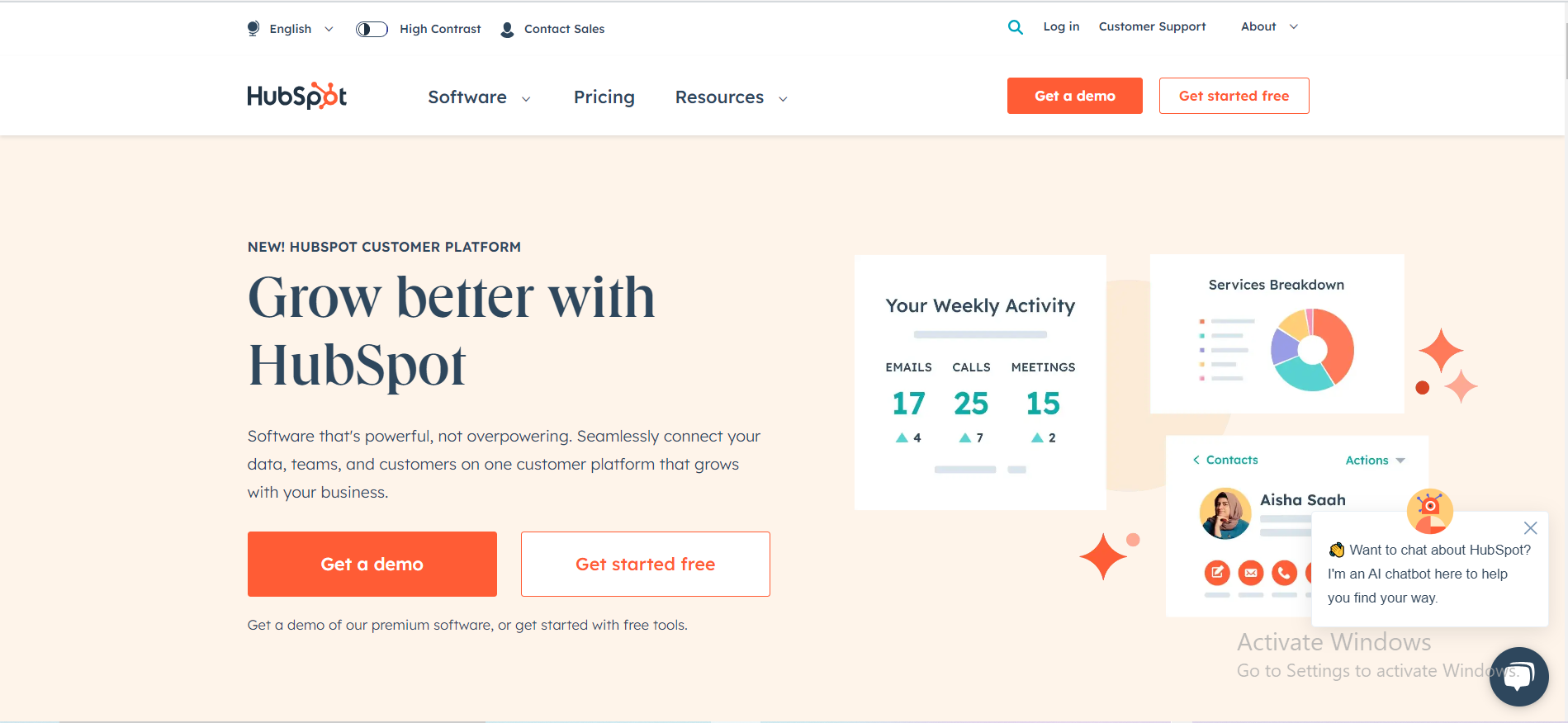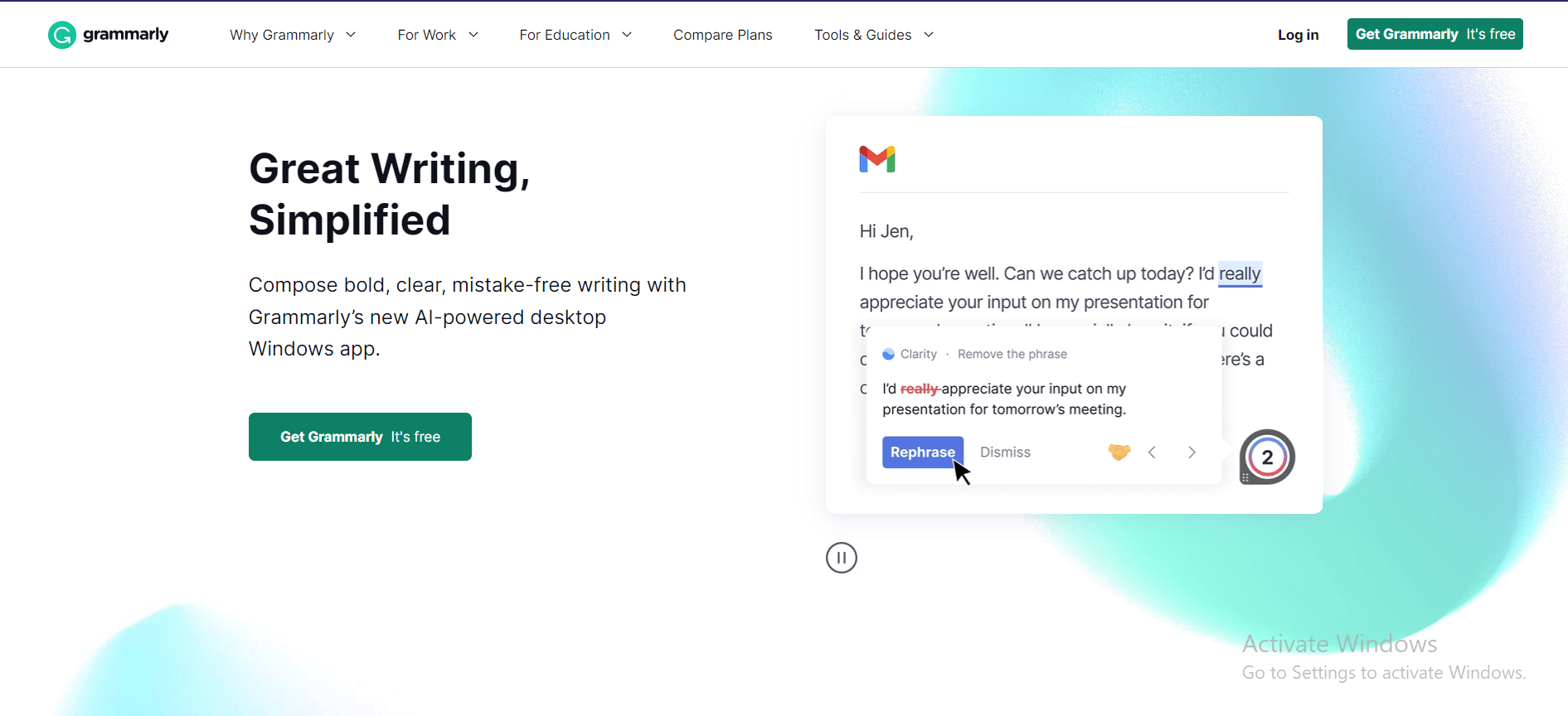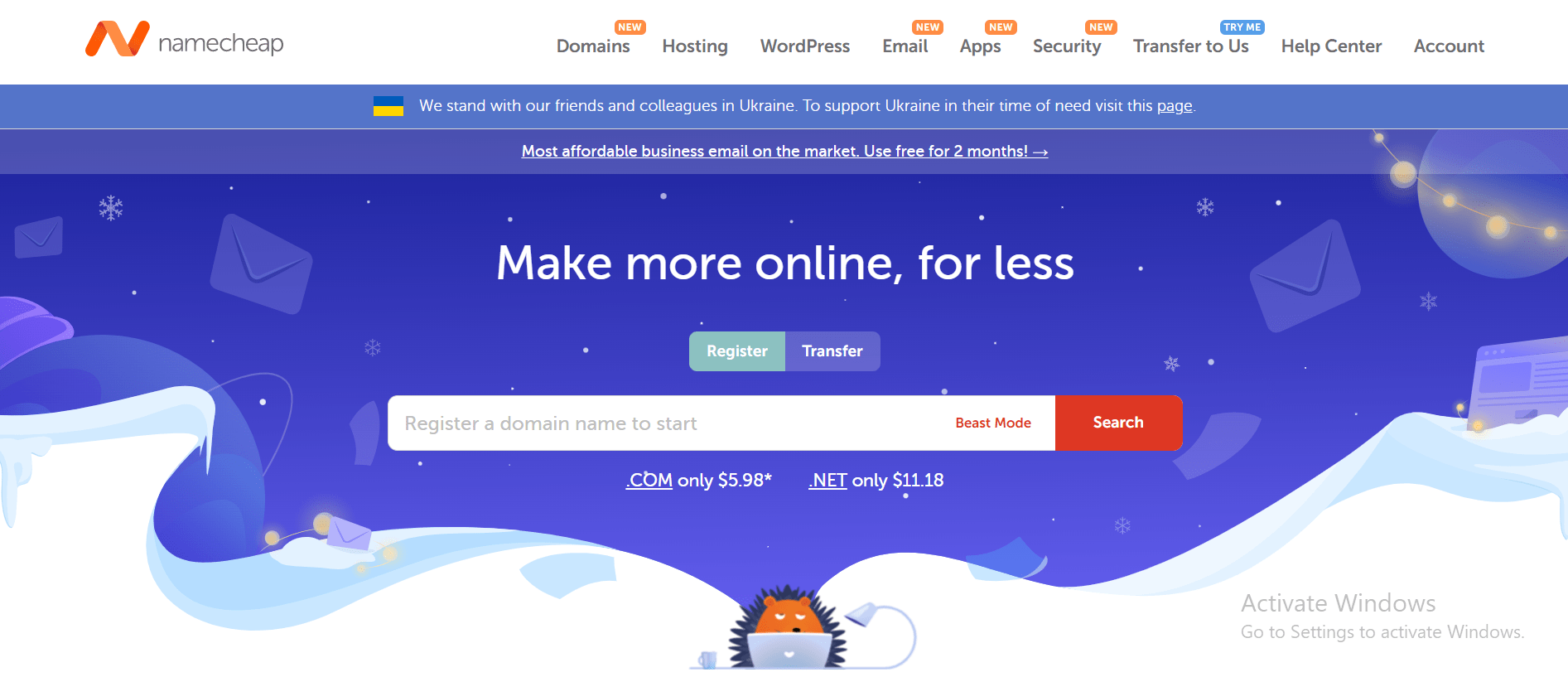Introduction.
Understanding your target audience is essential for effective marketing and sales strategies. Buyer personas, fictional representations of your ideal customers, help you gain valuable insights into their needs, preferences, and behaviours.
HubSpot, a leading marketing and sales platform, provides robust tools and features to create and manage buyer personas.
By leveraging HubSpot’s capabilities, you can develop accurate and comprehensive buyer personas that inform your marketing strategies and drive better business outcomes.
In this article, we will guide you through the process of creating a buyer persona on HubSpot, providing step-by-step instructions and best practices to help you get started.
Let’s dive into the steps required to create effective buyer personas on HubSpot and elevate your marketing strategies to new heights.
How Do I Create a Buyer Persona on HubSpot?
HubSpot, a leading marketing and sales platform, offers robust features and tools to create and manage buyer personas effectively.
By leveraging HubSpot’s capabilities, you can develop accurate and detailed buyer personas that guide your marketing strategies and enable you to connect with your target audience on a deeper level.
In this article, we will provide a step-by-step guide on how to create a buyer persona on HubSpot.
We will walk you through the process of gathering data, conducting research, organizing information, and visualizing persona profiles.
By following these best practices, you can create buyer personas that serve as valuable resources for your marketing and sales teams.
Let’s explore the essential steps to create compelling buyer personas on HubSpot and enhance your understanding of your target audience.
1. Define Your Research Goals.
Start by clarifying the objectives of creating buyer personas. Identify the information you need to gather, such as demographics, pain points, goals, motivations, and buying behaviours.
2. Conduct Research.
Utilize a combination of qualitative and quantitative research methods to collect data. Conduct interviews, surveys, and focus groups with your existing customers to gain insights into their preferences, challenges, and decision-making processes. Analyze website analytics, social media data, and customer feedback to gather quantitative data.
3. Identify Patterns and Themes.
Analyze the collected data to identify common patterns and themes. Look for recurring characteristics, behaviours, and pain points that are shared among your target audience.
Group similar data points together to form clusters that will help shape your buyer personas.
4. Create Persona Profiles.
Based on the data analysis, create individual persona profiles that represent distinct segments of your target audience.
Give each persona a name, job title, and a brief description that captures their demographics, goals, challenges, and motivations.
Include relevant information such as preferred communication channels, content preferences, and key decision-making factors.
5. Visualize Your Personas.
Utilize HubSpot’s persona tool or other visual aids to bring your personas to life. Create visual representations that include key details, such as profile pictures, quotes, and key attributes.
This makes the personas more relatable and easier to understand for your marketing and sales teams.
6. Share and Educate.
Once your buyer personas are created, share them across your organization. Educate your marketing, sales, and customer service teams on the different personas and ensure they understand the unique needs and preferences of each segment.
This empowers your teams to tailor their strategies and communication to better engage with your target audience.
7. Continuously Refine and Update.
Buyer personas are not static entities. Regularly revisit and update your personas as your business evolves and new data becomes available.
Stay connected with your customers through feedback loops, surveys, and ongoing research to ensure your personas remain accurate and representative of your target audience.
Sponsored.
Dear reader, I am excited to introduce you to a list of products and services that I believe can make a positive impact on your digital journey. As a blogger, I am committed to easing your journey to digital salvation.
My latest offering is a cutting-edge product and service that is designed to address a common problem faced by many people today when trying to navigate their digital journey.
I understand that there are many options available in the marketplace today, which is why I am recommending a few that solve your problems.
So if you are ready to take your Digital life to the next level. Check out the link to the products below, and choose which ones suit your needs.
1. Hubspot.

Are you ready to take your business to the next level? Look no further than HubSpot, the all-in-one inbound marketing, sales, and customer service platform that’s transforming the way companies grow.
HubSpot offers a comprehensive suite of tools designed to help you attract, engage, and delight customers.
From attracting visitors to closing deals, and even retaining delighted customers, HubSpot has you covered at every stage of the customer journey.
Over 100,000 businesses of all sizes and industries trust HubSpot to help them grow. Whether you’re a small startup or a global enterprise, HubSpot can scale to meet your needs.
Don’t miss out on the opportunity to transform your business and marketing efforts. Join the HubSpot family and experience the power of inbound marketing, sales automation, and customer relationship management like never before.
Ready to supercharge your business growth? Click the link below to get started with HubSpot today.
TRY IT NOW – Hubspot.com
2. Grammarly.

Many users have reported that Grammarly has helped them improve their writing skills and catch errors that they may have otherwise missed.
The tool is praised for its accuracy and ability to provide detailed feedback and suggestions that help users understand and correct their mistakes.
In addition to its core functionality, Grammarly also offers a browser extension that can be used to check spelling and grammar on a variety of websites, as well as a desktop application that allows users to check their writing offline.
While some users have reported occasional glitches or inaccuracies in the software, the vast majority of reviews of Grammarly are positive, with users citing its ease of use, accuracy, and helpfulness in improving their writing skills.
Overall, Grammarly is a highly recommended tool for anyone looking to improve their writing, whether for personal or professional purposes.
TRY IT NOW – Grammarly.com
3. Namecheap.

The company is known for its affordable prices, user-friendly interface, and reliable customer support. One of the key benefits of Namecheap is its pricing, which is often significantly lower than that of its competitors.
The company also offers a range of hosting options, including shared hosting, VPS hosting, and dedicated servers, making it a good choice for businesses of all sizes.
In addition to its hosting services, Namecheap also offers domain registration, website builder tools, and SSL certificates, making it a one-stop shop for website owners looking to establish an online presence.
Many users have reported positive experiences with Namecheap’s customer support team, citing their responsiveness and helpfulness in resolving issues and answering questions.
The company also offers a knowledge base and community forums where users can find answers to common questions and connect with other website owners.
While some users have reported occasional technical issues or slow load times, the majority of reviews of Namecheap are positive, with users praising the company’s affordability, user-friendly interface, and reliable service.
Overall, Namecheap is a solid choice for anyone looking for affordable and reliable web hosting and domain registration services and is highly recommended by many of its users.
TRY IT NOW – Namecheap.com
Conclusion.
Creating buyer personas on HubSpot is a powerful way to gain a deeper understanding of your target audience and align your marketing efforts accordingly.
By following the steps outlined in this comprehensive guide, you can leverage HubSpot’s features to develop accurate and actionable buyer personas that inform your marketing strategies and drive business success.
Embrace the power of buyer personas to create personalized experiences, resonate with your target audience, and foster strong and lasting customer relationships.






GIPHY App Key not set. Please check settings